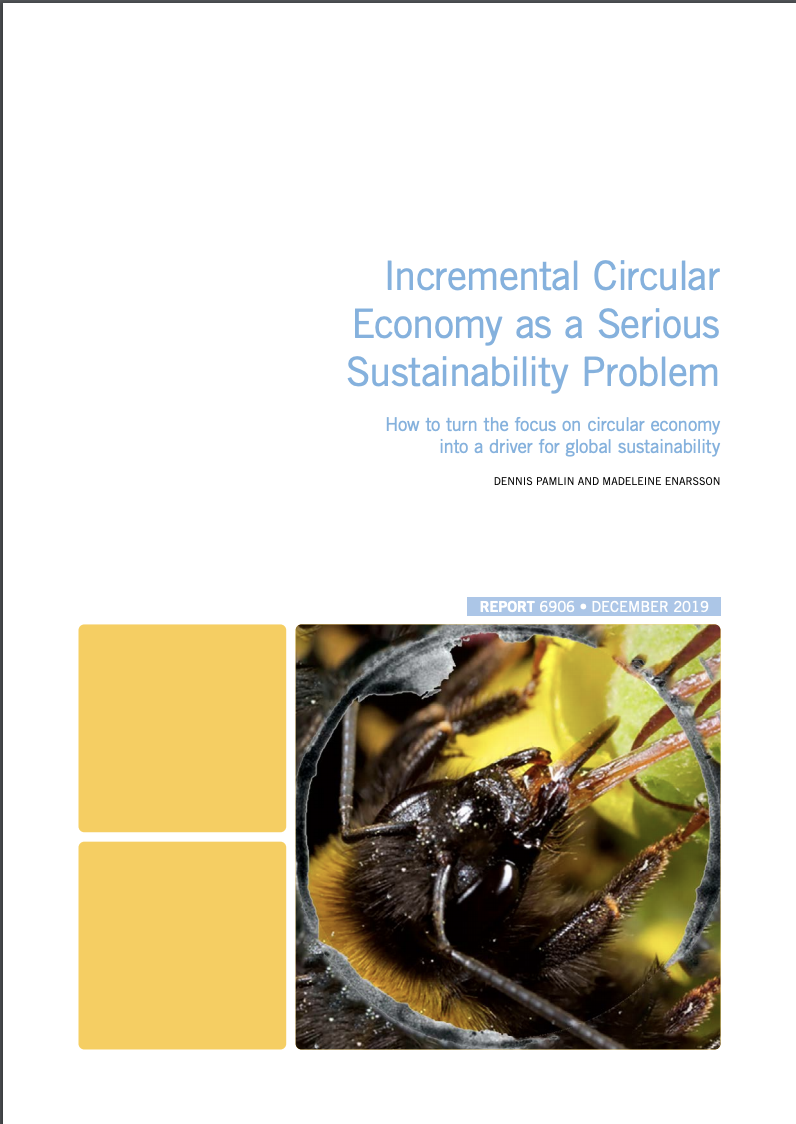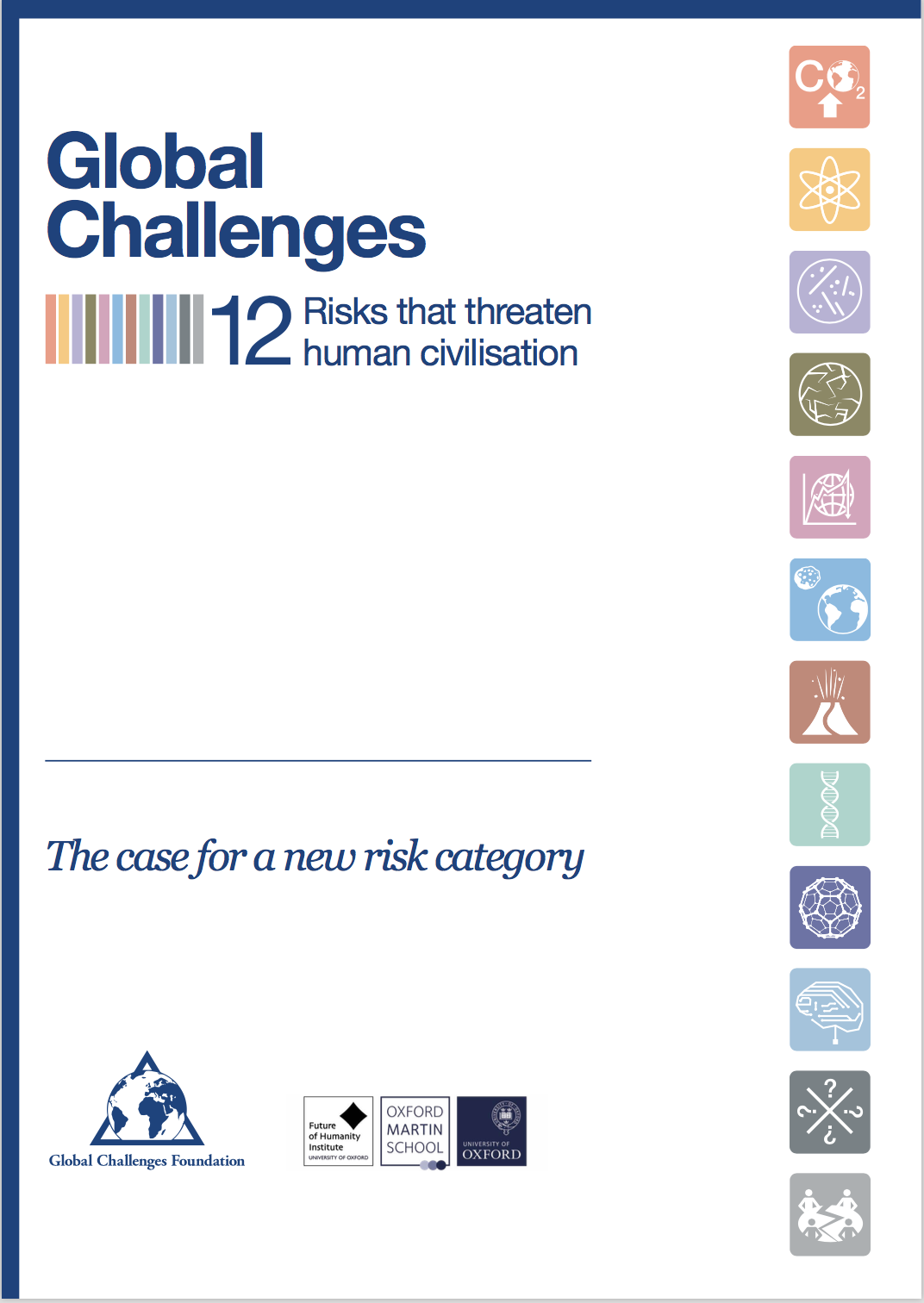Regenerative Lifestyles: Exploring what a Half-Earth lifestyle could look like and how to enable it (Report)
/Role: Lead Author
Summary
The aim of this paper is to explore different positive and negative environmental impacts of an apparel company from a global sustainability perspective, with a particular focus on how sustainable lifestyles can be promoted.
The paper explores different ways a company can support a sustainable future where transformative change is needed in society, not only reduce the direct negative impacts. The impacts explored include the volume of goods purchased by consumers and the lifestyles the company is encouraging/enabling. The direct impacts from the production of the goods that most companies focus on today and where significant data is available, are also included to provide context for the other areas where less work has been done so far.
The need to broaden the perspective becomes clear from a historical perspective. While many individual products have seen significantly improved resource efficiency, from car engines and cooling technologies to different types of apparel and electronics, the overall trend has been increased use of natural resources due to more people consuming both more of the same things and new things. When, e.g. car engines become more efficient, larger cars with more horsepower have been produced in combination with more sold cars, something that has resulted in demand for more roads and parking spots, etc. with an overall energy demand from the automotive industry rapidly growing.
One of the major challenges is that, on average, the more money people get, the less sustainable people become due to larger and more houses, more flying, more red meat, and overall more consumption. With the world currently on the path towards 9.7 billion by 2050, adding more than 25% to the current population, and almost 11 billion by 2100, the need to focus on sustainable lifestyles for an equitable society cannot be overemphasised.
In order to explore ways an apparel company drastically can help reduce the use of material resources and protect half of Earth for nature this paper presents a structure for categorising impact from an apparel company and presents an initial estimation of different order of magnitude levels of impacts depending on strategy. The impact categories included are:
1. The product itself
2. The volume sold
2.1 How many of the products customers have (wardrobe size)
2.2 Time the products are used
3. The lifestyle the company is enabling and/or promoting
In order to explore possible strategies, four lifestyle categories are used: Low, Medium, High and Obscene. The purpose of the impact and lifestyle categories is to show the order of magnitude difference between different strategic options and provide guidance for a science-based discussion about the role of companies in relation to global sustainability.































